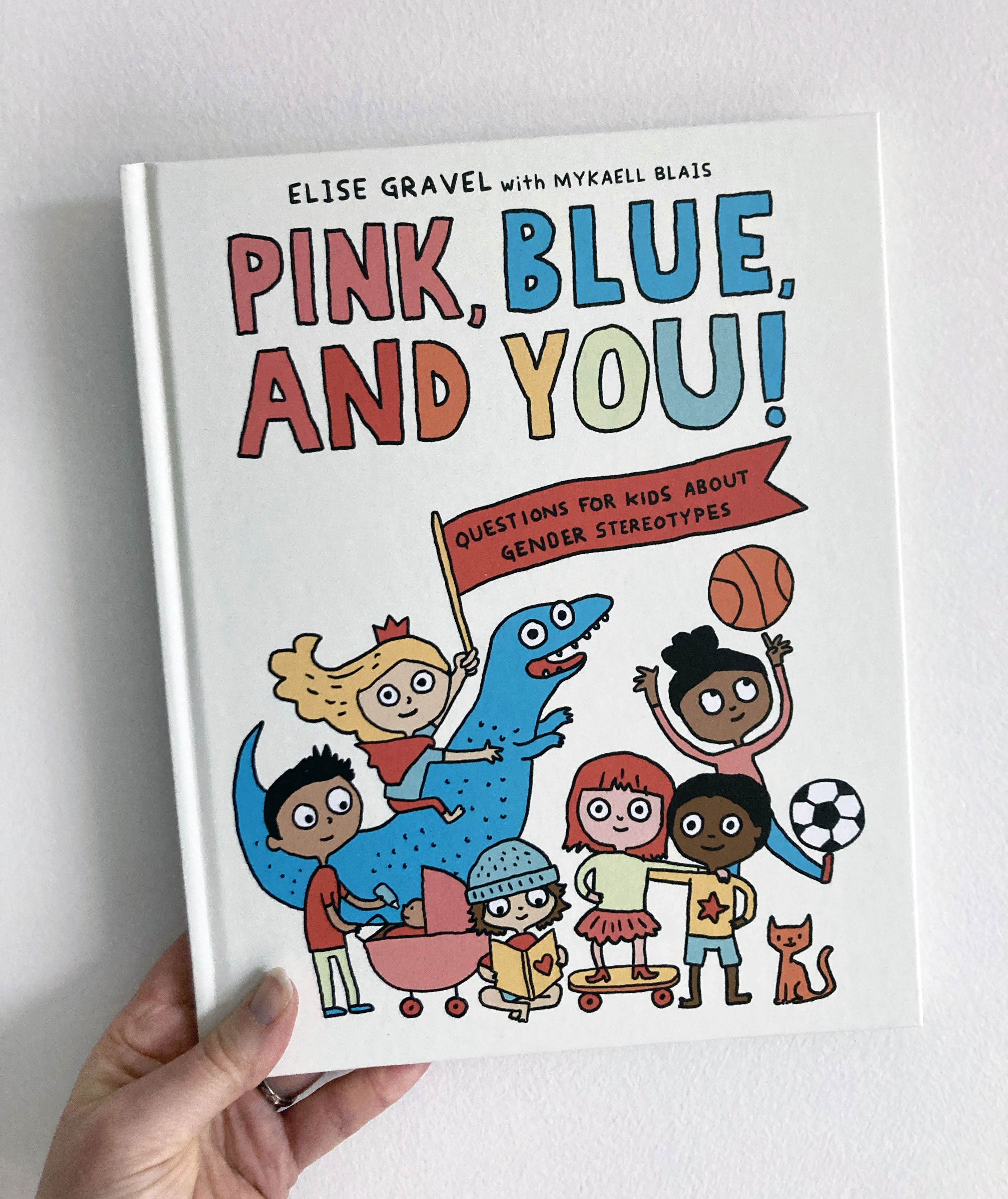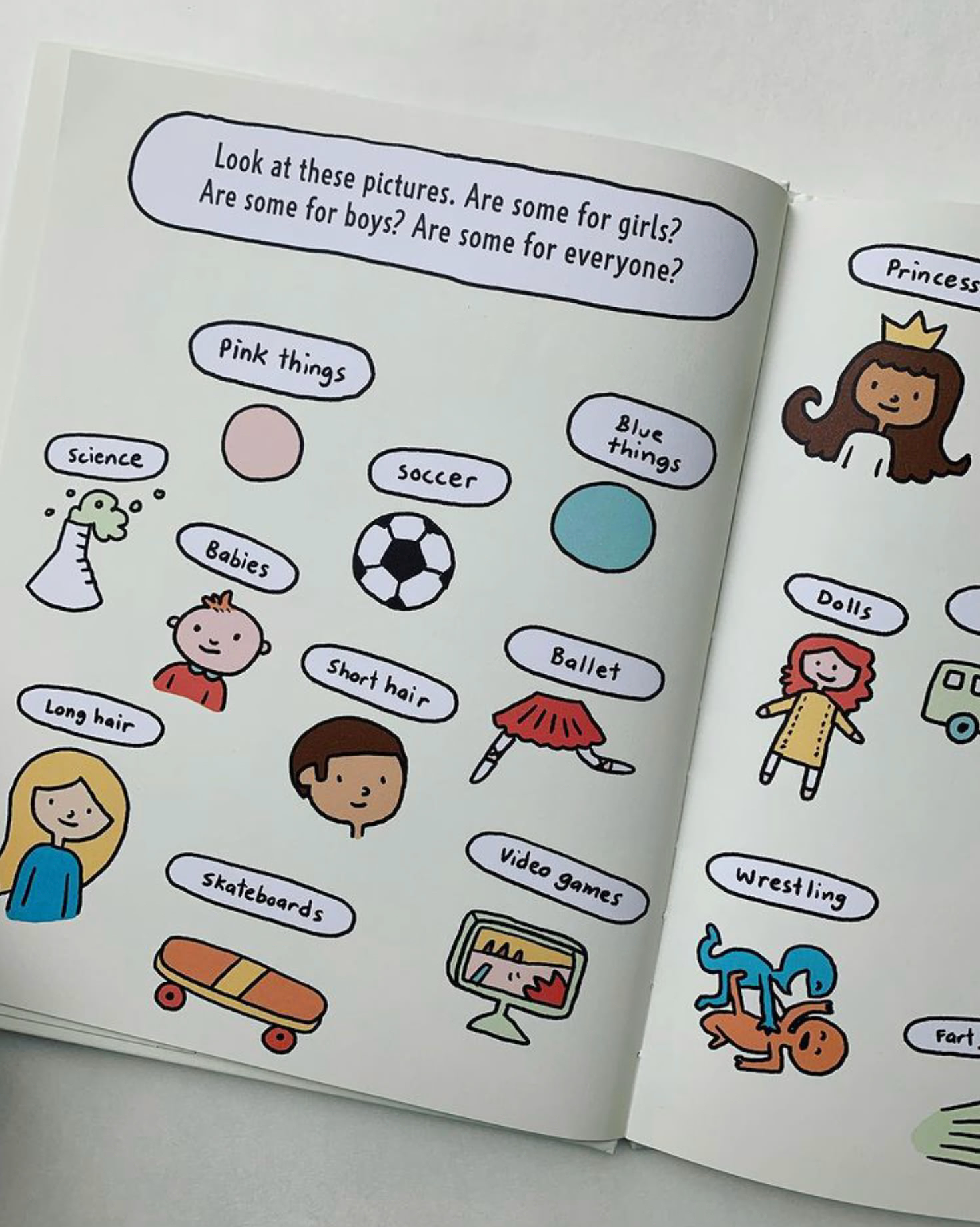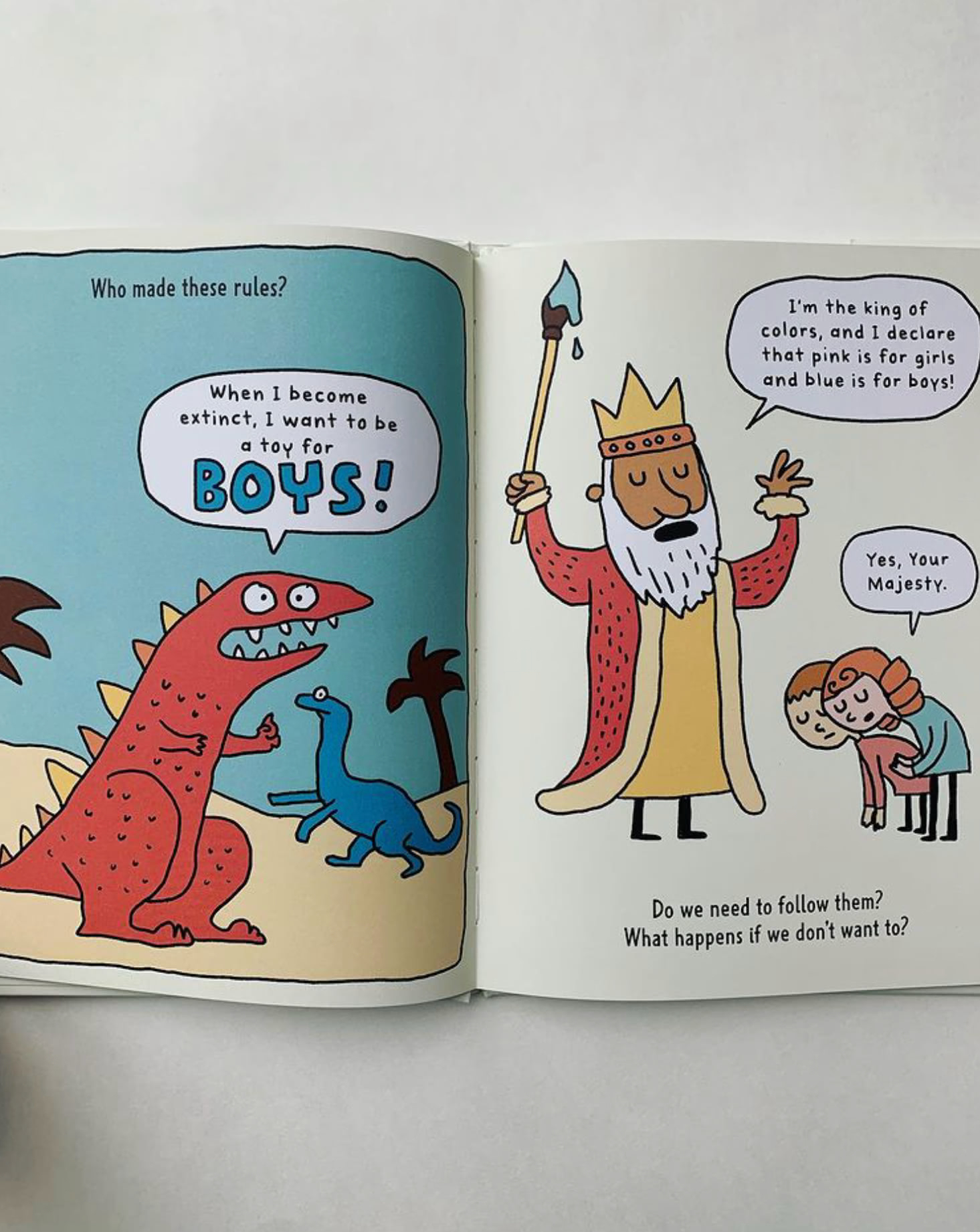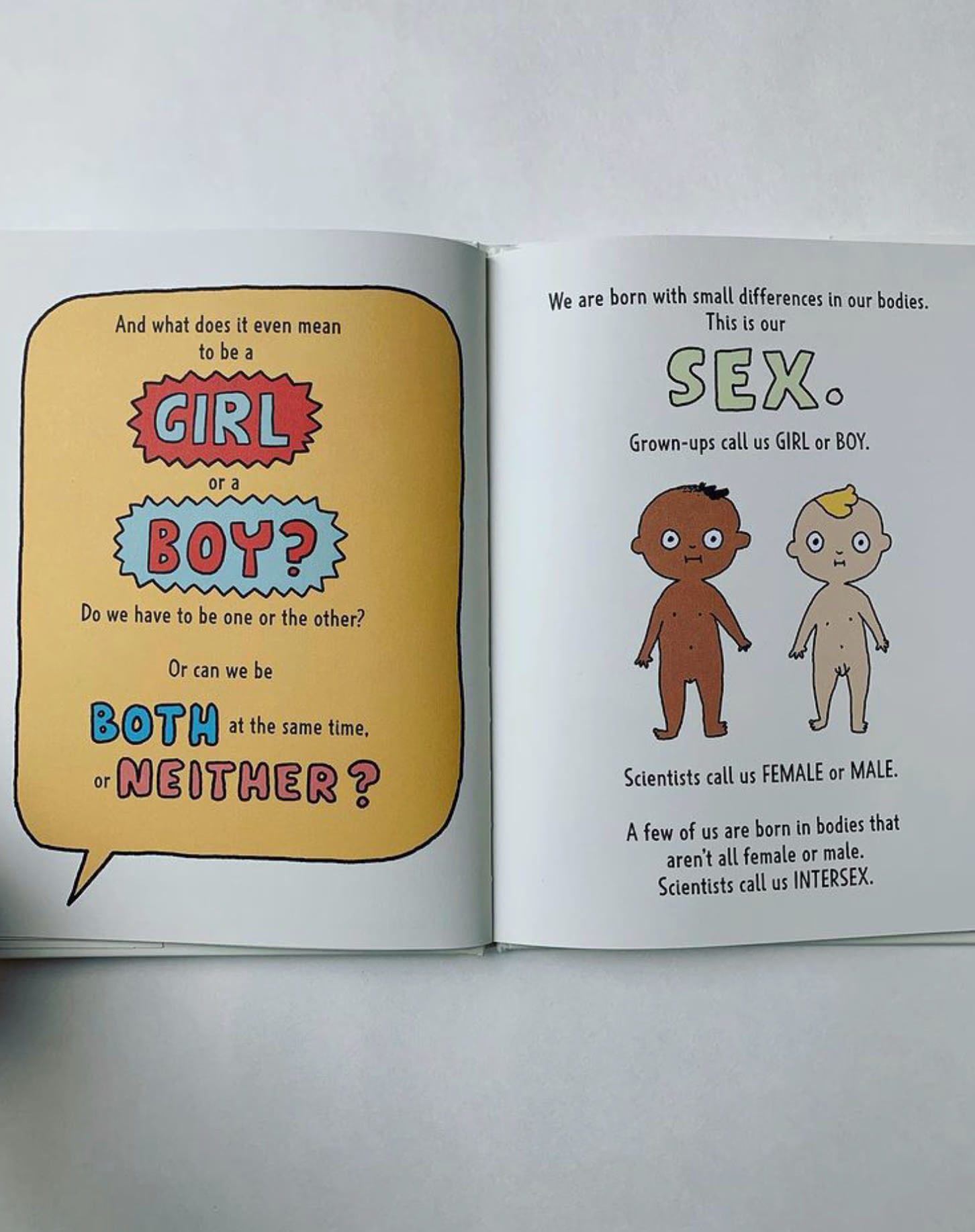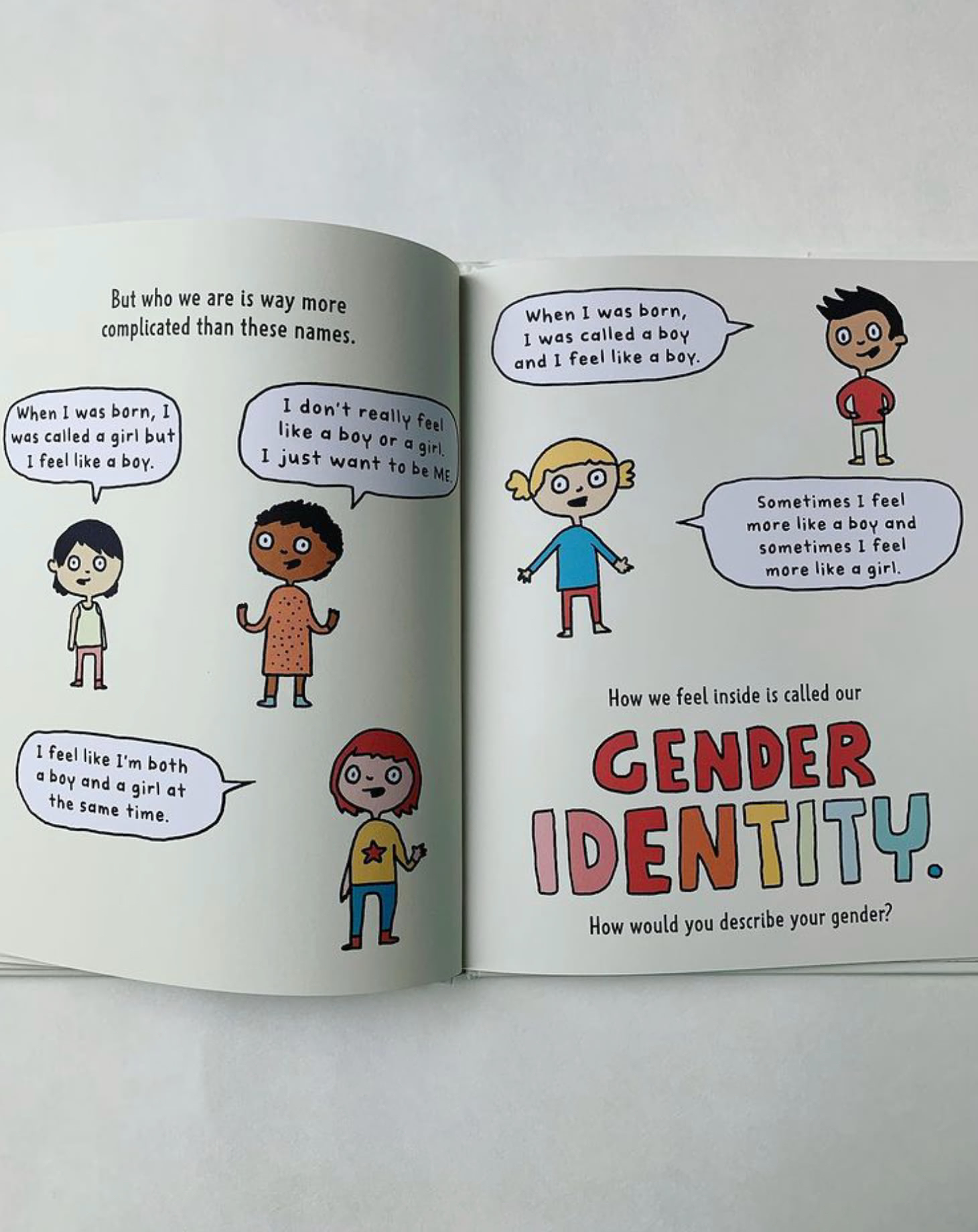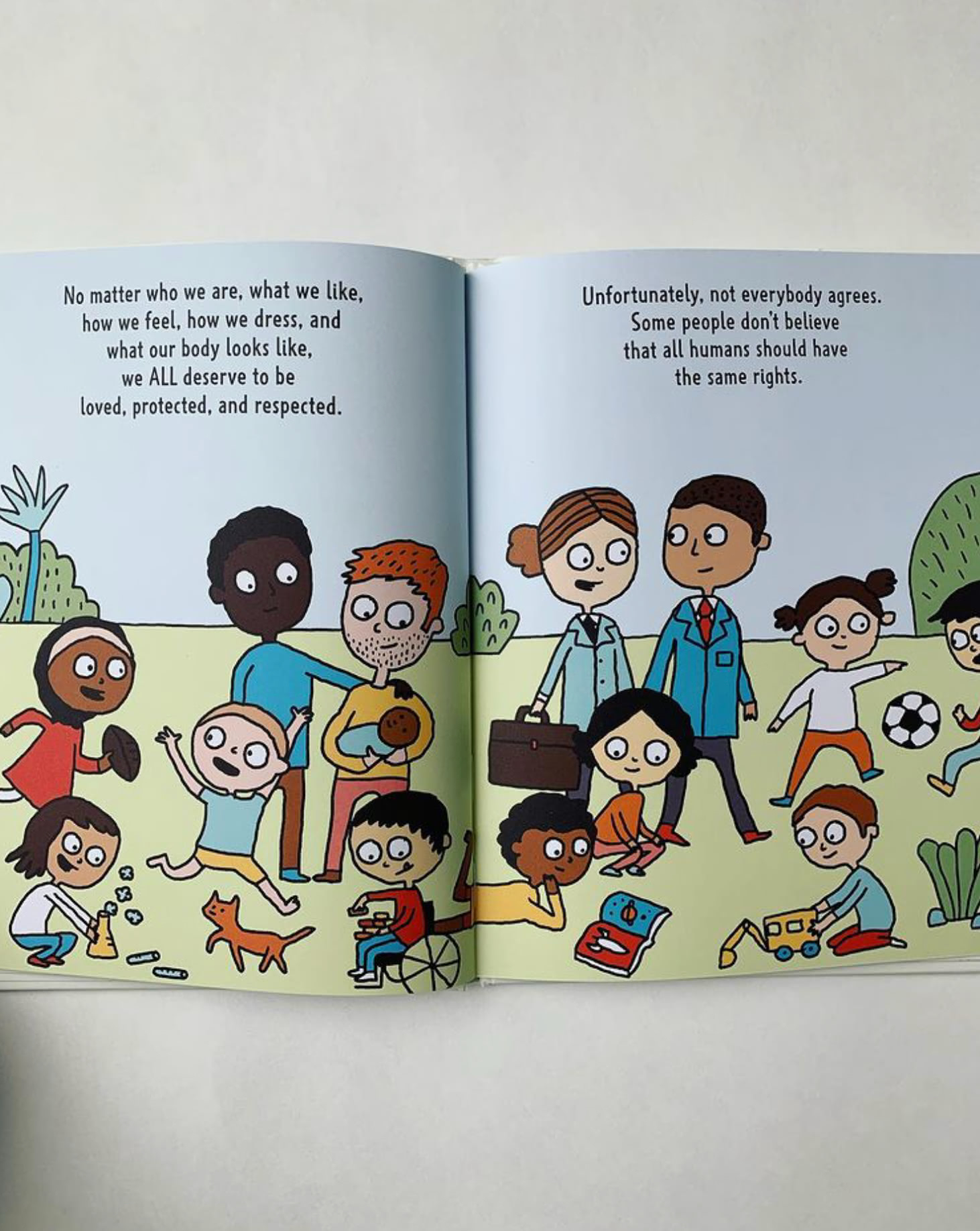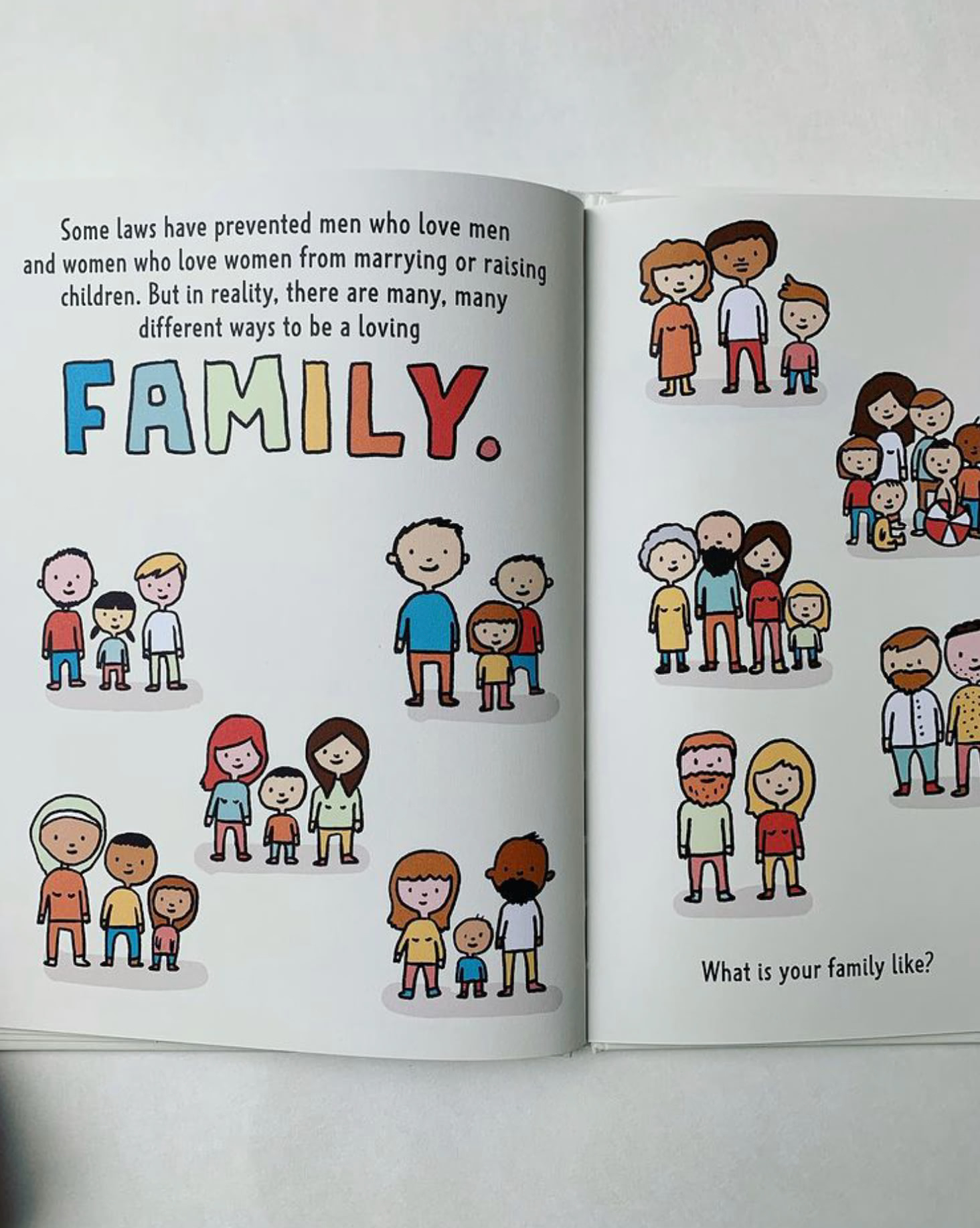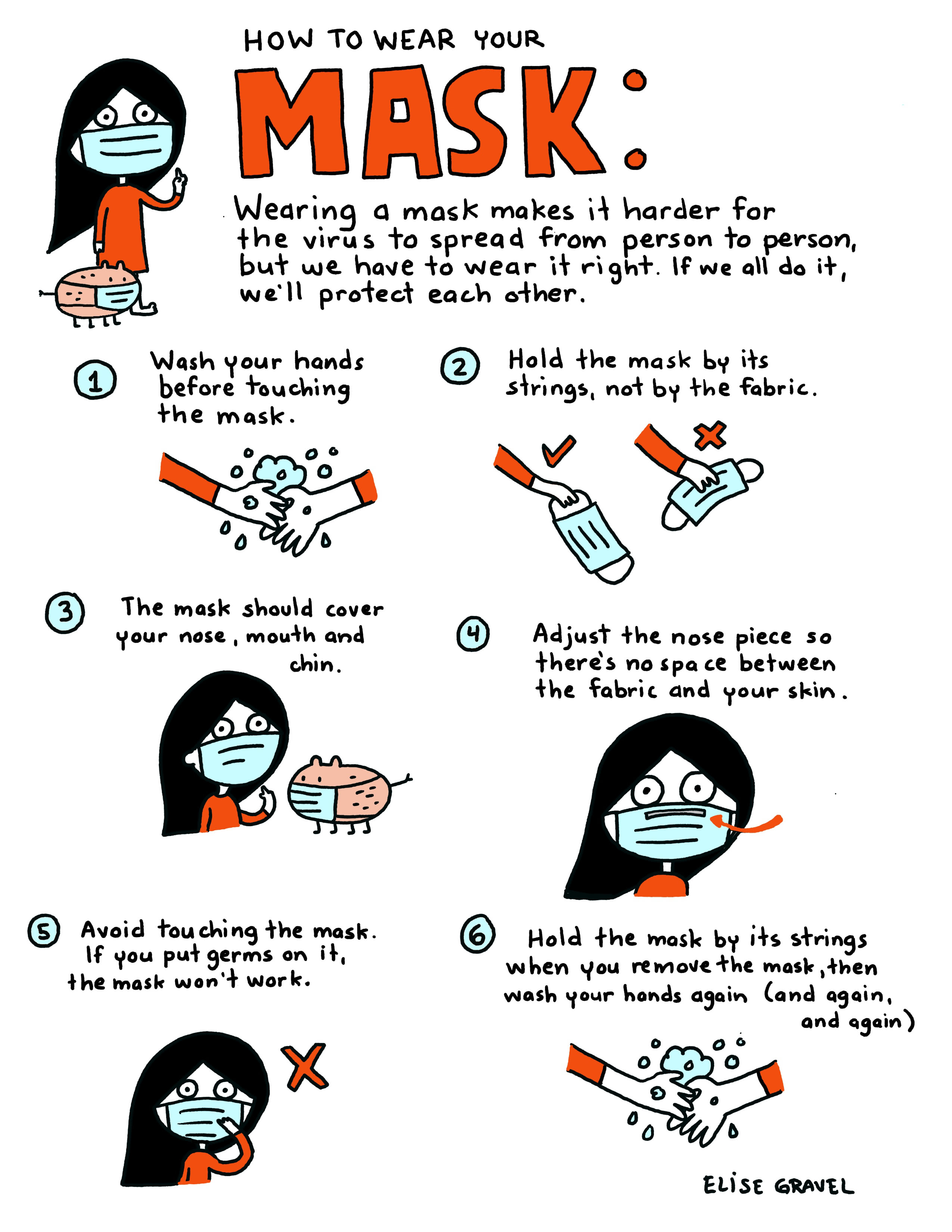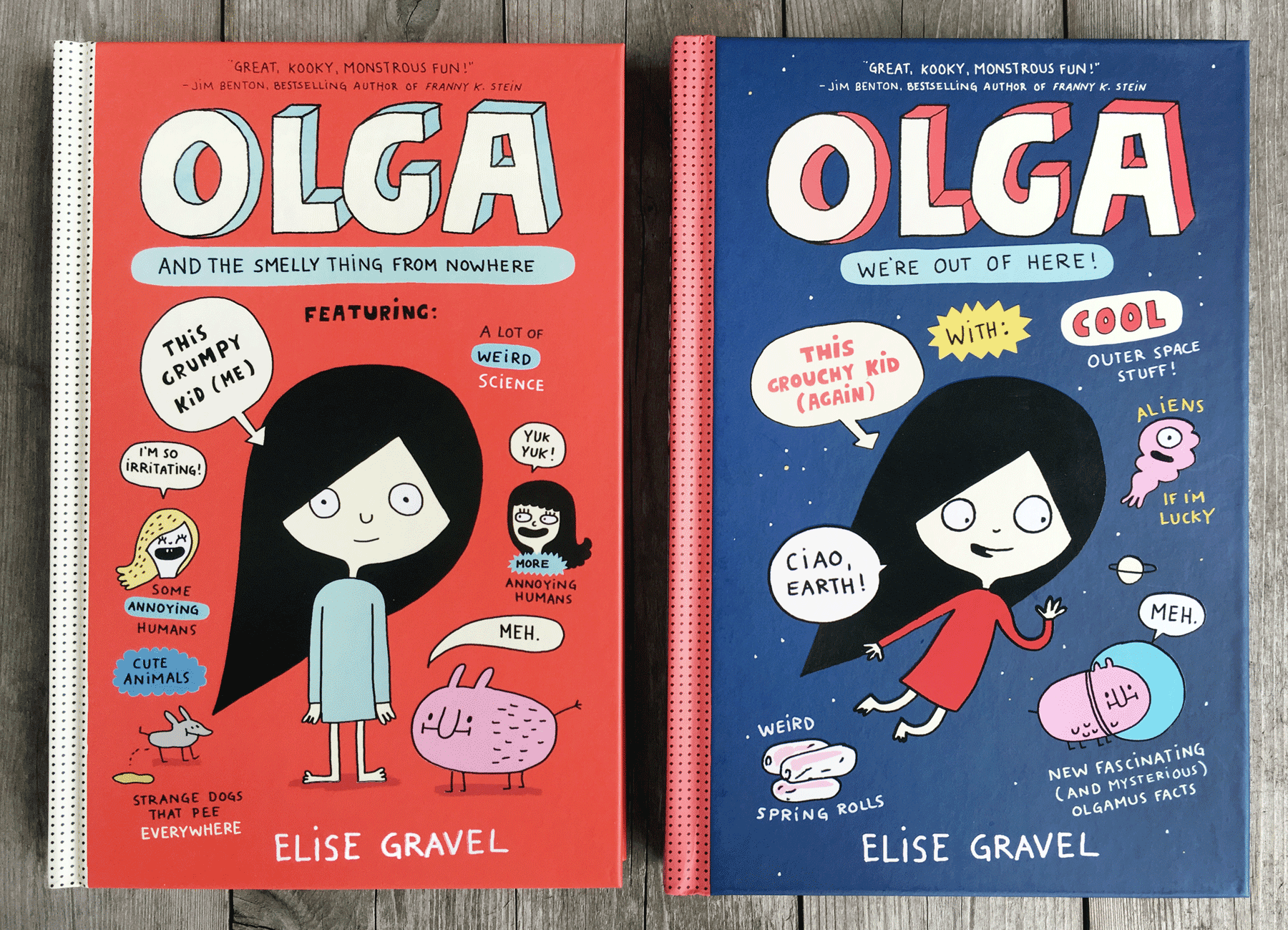How to raise a child who is mindful of social justice?

Introducing social justice to kids without overwhelming and depressing them can seem like a tricky task, but it’s crucial in today’s world. We want to nurture a sense of empathy and fairness without burdening young minds with heavy narratives. How can we teach social justice in a way that’s engaging and uplifting, focusing on positivity and empowerment? How can we motivate kids to make positive change? Here are some key strategies:
1- Foster Open Conversations
Have ongoing age-appropriate discussions about issues like racism, sexism, poverty, and other forms of discrimination and inequality. Ask questions to understand their perspectives, share your own views, and encourage critical thinking.
2- Expose Them to Diversity
Befriend people from diverse backgrounds and expose your children to different cultures through books, movies, museums, etc. This helps build empathy and appreciation for others.
3- Lead by Example
Model inclusive behavior, speak up against injustice, and get involved in causes that promote equality and human rights. Children learn powerfully from observing their parents’ actions.
4- Teach Advocacy Skills
Empower your kids to use their voices by brainstorming ways they can make a difference, like writing letters, creating art, or joining youth organizations that address social issues.
5- Highlight Diverse Role Models
Introduce your children to people of different genders, races, abilities, etc. who are making positive impacts. This expands their perspectives on who can be a leader and catalyst for change.
6- Address Biases and Stereotypes
Help your children recognize their own unconscious biases and societal stereotypes. Provide counter-narratives that challenge limiting beliefs about different groups.
By taking a proactive approach through open dialogue, diverse experiences, and empowerment, parents can nurture children’s awareness of inequity and inspire them to be forces for a more just world.
It’s My Body, a book for kids on body diversity
From Quill and Quire:
It’s My Body! is an exuberant, kid-friendly nonfiction picture-book primer on body positivity. Simple, direct sentences celebrate “ALL KINDS” of bodies and kick-start a convivial conversation about how to be your body’s best friend.
Governor General’s Award–winning author-illustrator Elise Gravel’s signature quirky characters are in fine form. The endearingly wacky, googly-eyed monsters who populate these pages have their own unique shapes, sizes, colours, and abilities. The gallery includes a long-legged critter who looks like a pink wad of bubble gum on stilts, a round blue rascal with a toothy grin, and a reddish tube-shaped imp waving hello.
Full of pep, the cartoon illustrations showcase monsters in motion. Some of the exercising, playing, and dancing creatures use assistive devices including glasses, hearing aids, and wheelchairs, and all enjoy the feats their bodies can perform. The relatable text acknowledges the delicate mind–body connection: “Sometimes we feel good in our bodies, and sometimes we don’t.” Monsters have self-doubts too; one laments, “Are my horns too pointy?” while another confesses, “I like my eyes, but not my nose!” Combining laughs with thoughtful lessons, this robust resource also offers tips on how to treat your body with kindness and keep it “HEALTHY AND HAPPY.”

Not only is Gravel a marvellous monster maven, she is an indisputable children’s champion (honoured in 2019 with the Rights and Freedoms Award from the Quebec Commission des droits de la personne et des droits de la jeunesse). Affirmations like “Your body belongs to YOU and only you!” lead to a discussion of boundaries. Gravel is adept at breaking down big concepts into easily understood core truths: “Nobody should touch your body in ways that you don’t like. Other people have these rights too. You shouldn’t touch their bodies without asking first.” Sample social scenarios play out in the comic panels, making sense of consent and teaching kids that it is perfectly fine to choose high-fives over hugs when preferred.
With monster-sized aplomb and panache, Gravel delivers a message that can’t be heard enough: every body is worthy of love and respect.
Pink, Blue and You: my new book is in stores today!
My new book is in stores today! Let’s teach our kids that their gender shouldn’t define who they are, what they like and who they love. Buy it here!
Here’s a starred review from the School Library Journal:
“In her signature style, Gravel (What Is a Refugee? and others) and Blais provide an accessible introduction to gender and gender stereotypes. Beginning with smart, open-ended questions, the authors challenge readers to think about gender stereotypes, why they exist, and if they are true or fair. The book progresses to an overview of sex versus gender, complete with helpful visual aids, an exploration of pronouns, and ultimately, a few examples of how gender is treated in different communities. At each step, the authors ask readers what they think and how they feel. This engagement, coupled with the accessible presentation of the material, makes for an excellent resource. The folks depicted throughout vary in appearance, and include many skin tones, ages, and family structures. A few folks wear hijabs, and two others use wheelchairs. Gravel’s illustrative style is wildly appealing, and the comic-style presentation helps to endear the book to readers.
Olga explains how to wear a mask
Here’s a free printable poster I made to show kids how to wear a mask. Teachers and parents, you can download it here and print it for school or home use (no commercial uses allowed).
For more free printable posters, visit my boutique in the “free printable stuff” section. To see my books, click here. If you want to license this image, contact my agent (Contact form above).
The Worst Book Ever is in bookstores today!
This terrible book is available in bookstores today! Don’t buy it. It’s a total waste of money.
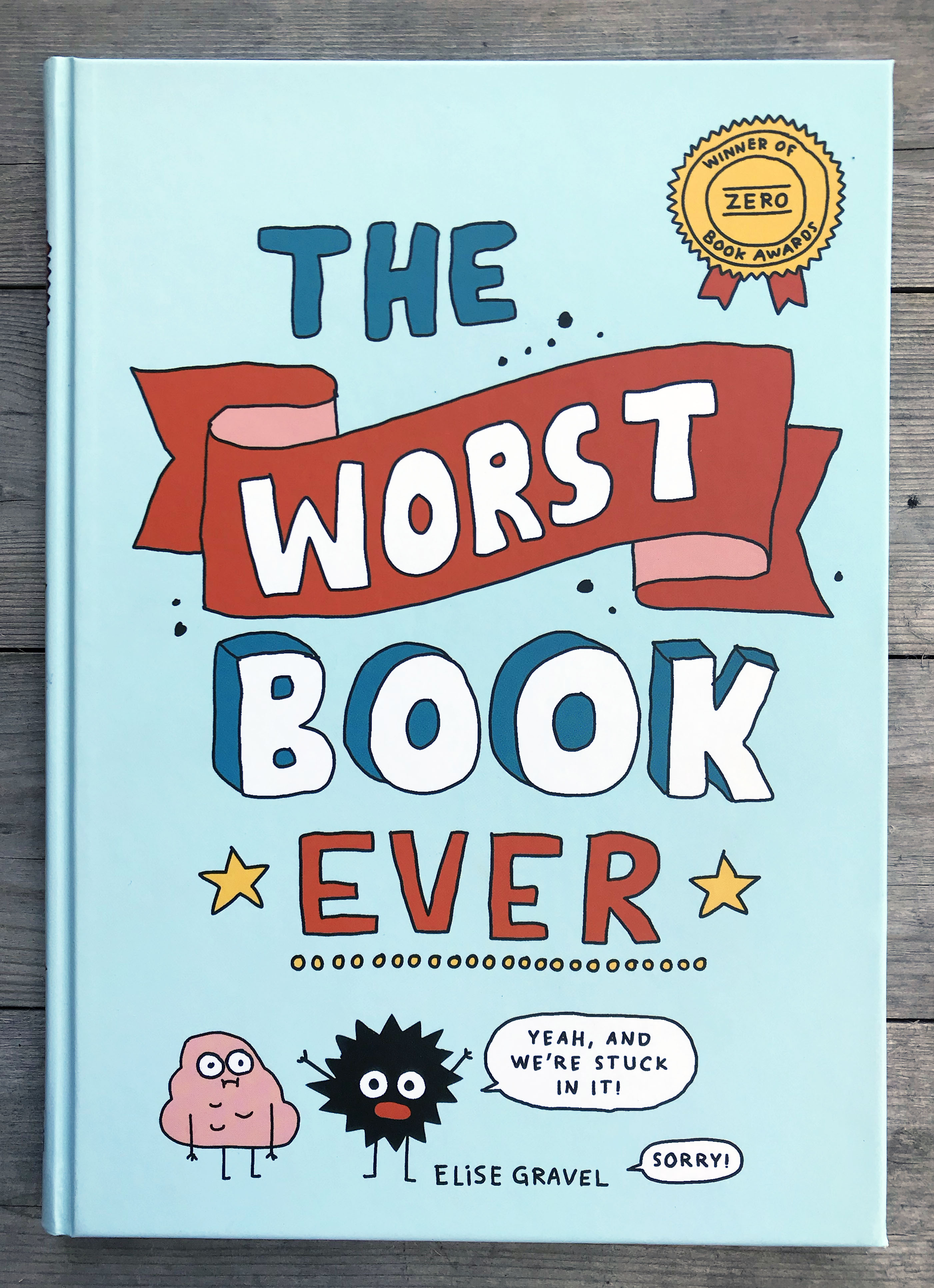
The Quill and Quire’s review:
Elise Gravel’s wildly creative new picture book purports to have no imagination at all. Called The Worst Book Ever, it’s a fairy-tale story of a prince and princess who lead exceptionally boring lives until one day a monster arrives and the prince must save the princess.
A plot like this is shockingly retrograde. That’s why there are three bonus characters – a spider, a blob, and a star-like creature – who live outside of the story and are reading and commenting on it as it progresses. Like Statler and Waldorf or the robot characters from Mystery Science Theater 3000, they provide biting humour and judgment, calling out the off-putting title, the fact that “Prinse” and “Prinsess” are continually spelled wrong, and how “ugly” the illustrations are. It’s an early lesson in meta-narratives for young readers – and it’s a riot for the whole family.
The book is the perfect balance of fun and big themes hidden under more fun. Gravel is loyal to her fan base, cramming in plenty of bodily function humour, while the voice-of-reason characters remind kids that a book should be more than just boogers and farts. These astute critics also point out the story’s sexism, lack of diversity, gratuitous violence, and use of clichés – making this a surprisingly effective classroom tool for what to include in a book report.
The illustrations are purposefully simplistic and ill-proportioned – but still jokey and weird enough to amuse. And there are visual gags for older readers, including a cover sticker that proudly states “Winner of Zero Book Awards.”
There are very few children’s books that are both laugh-out-loud funny and completely on-point and undidactic in their teachable moments. Gravel has nailed this – and made it look easy.
What’s a refugee?
I made this short comic to explain to kids what a refugee is.
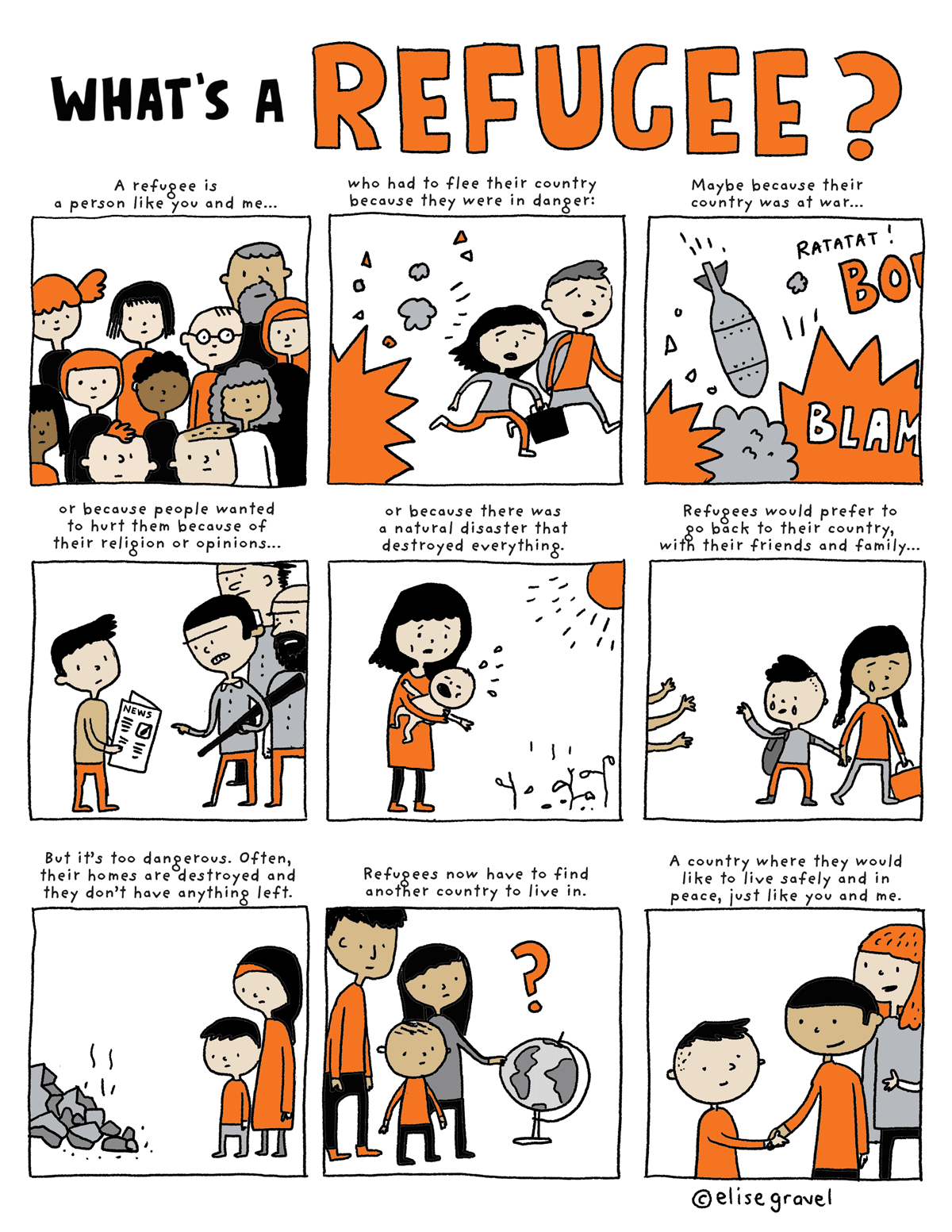
Parents and teachers, feel free to print this for personal / classroom use only.
You’ll find a higher-res version HERE.
For my other free mini-posters, click HERE and then visit the “free printable stuff” section.
And while you’re at it, take a look at my books for children, too!
Scientists don’t come from Mars
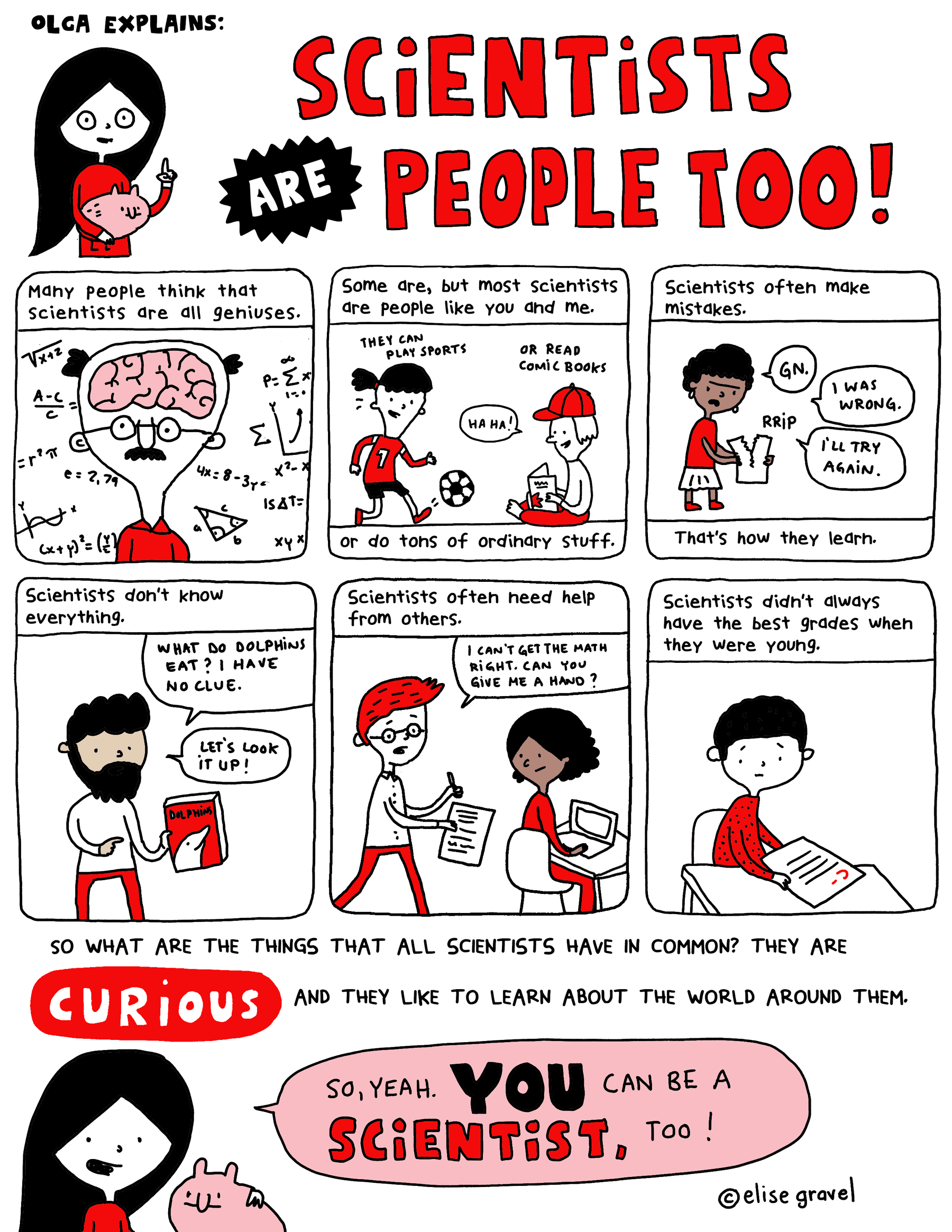
I made this poster to teach kids that scientists are normal, regular people, and that everybody can become a scientist. Not just math geniuses!
Scientists make mistakes, often need help from others, don’t know everything, and don’t always have the best grades at school.
Teachers, parents, you can download and print this cartoon for home or classroom uses (no commercial use allowed). You can also print Olga’s explanation on the scientific method here and buy the Olga books here.
For all my free printable posters, click here.
New free poster: boys have emotions too!
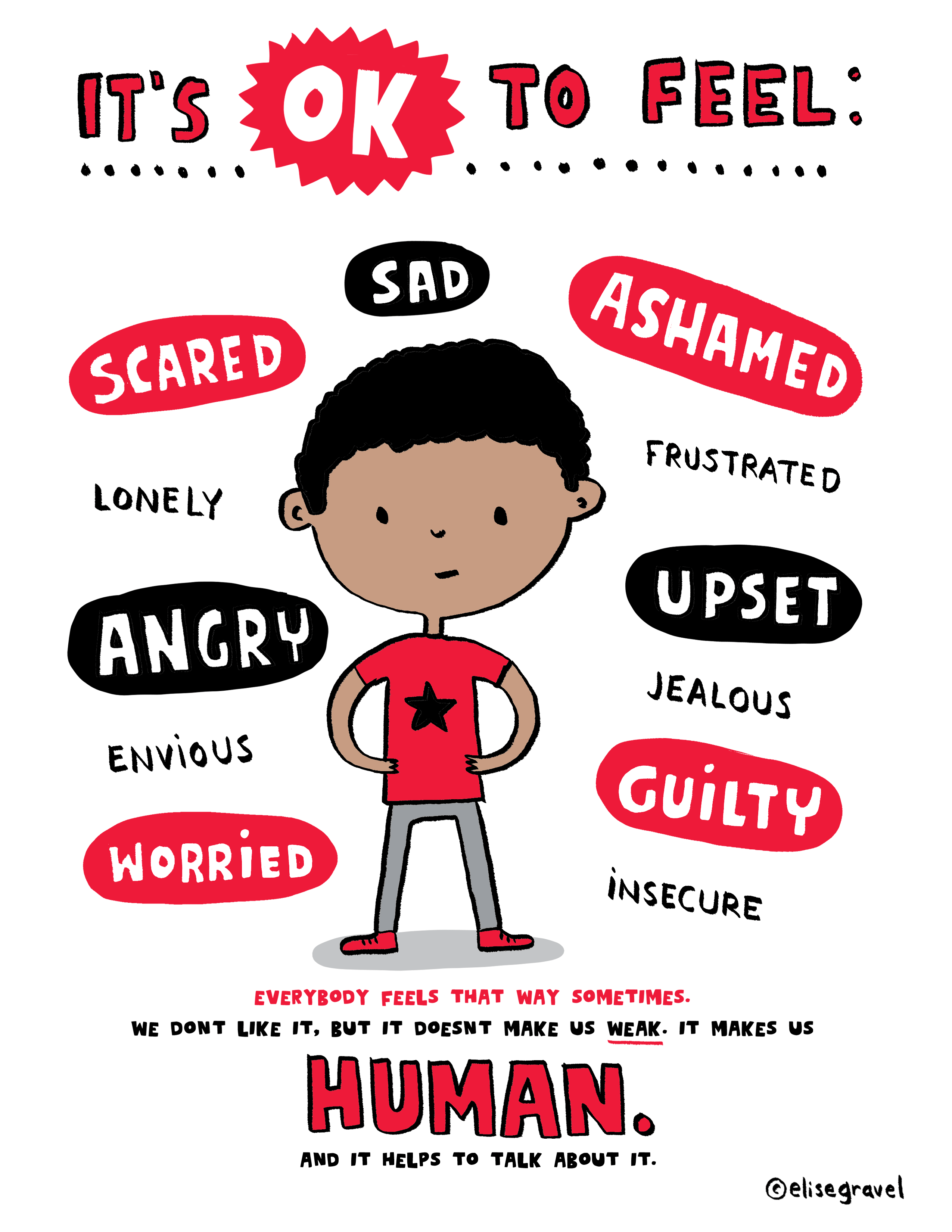
Here’s a new free poster I made to help boys accept that they can have emotions too, that it’s normal, and that it doesn’t make them weak. All humans have emotions and it’s perfectly fine to show them and talk about them!
Parents and teachers, if this is a message you’d like kids to get, feel free to print this for your home or classroom (no commercial use, please).
You can download and print it HERE.
To see my other free posters, click HERE and then on “free printable stuff”.
If you’d like to use this for commercial/non-personal use, contact my agent HERE.
I am my own best friend mini-poster
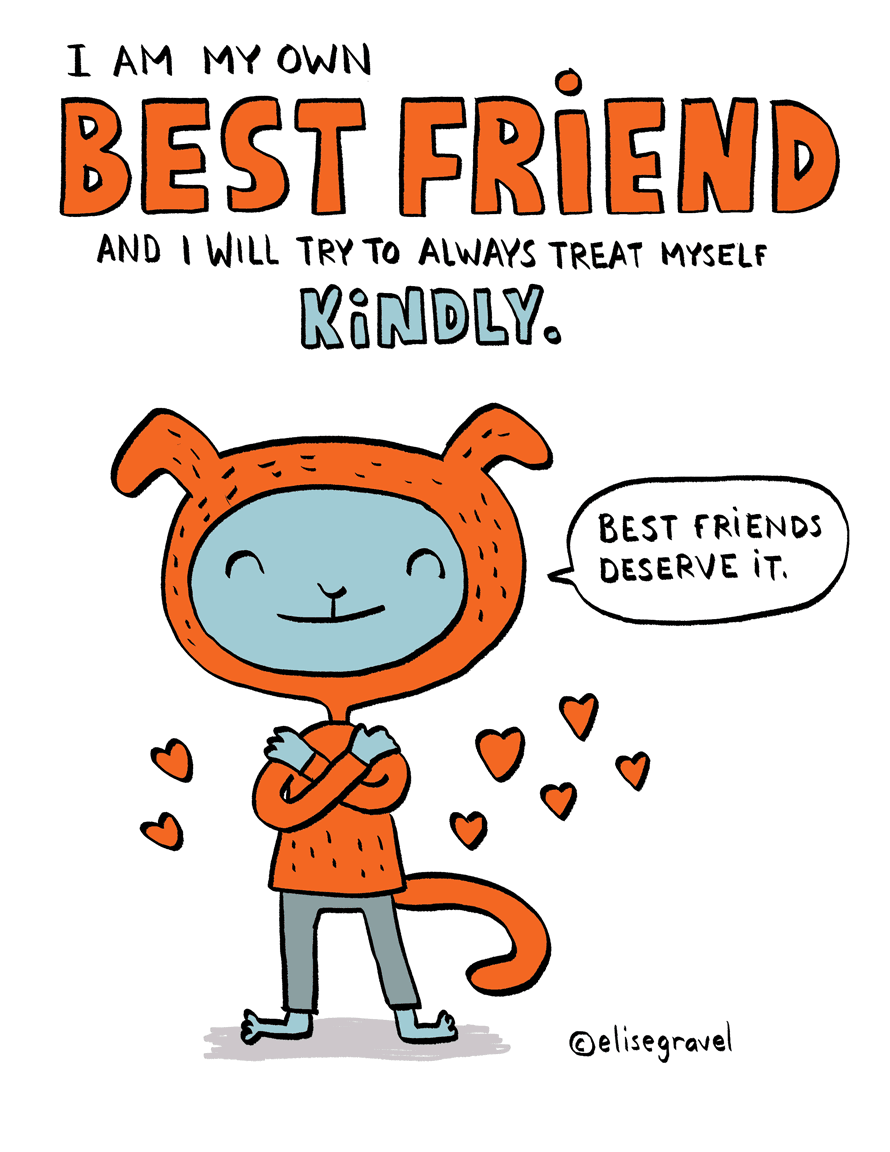
Teachers and parents, I offer this little poster to print for free for your kids and students. Teach them to be their own best friend and to always try to be kind to themselves; it’s a very important attitude that I wish I had learnt earlier in my life!
No commercial use allowed, please. Click here to download a higher resolution.
You can find all my free printable posters HERE (in the “Free printable stuff” section).
If you’d like to know when I release new free posters or books, follow me on Facebook, Twitter or Instagram.
Olga explains the scientific method: free printable
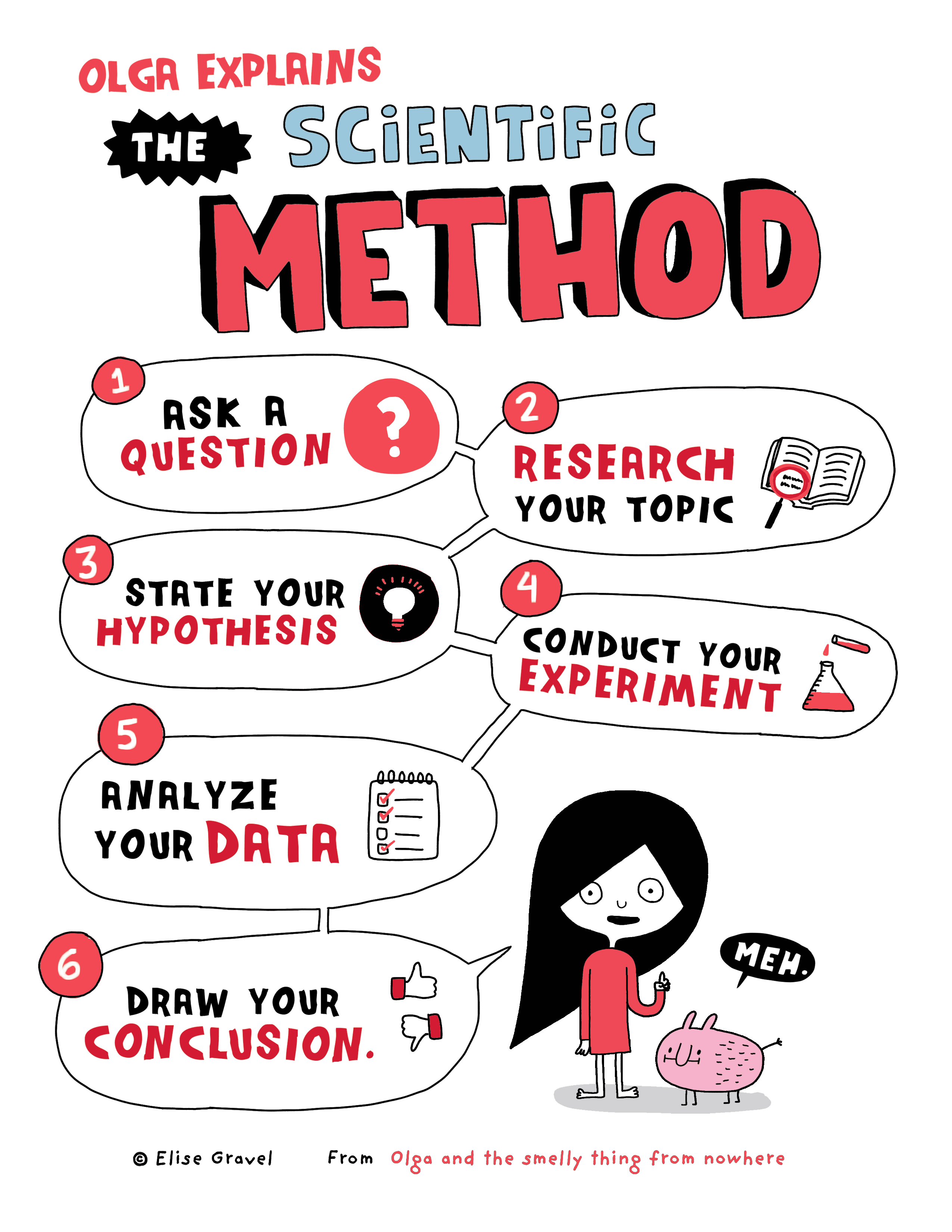
Here’s another free printable I made to explain the scientific method to kids. This mini-poster is for personal and classroom use (no commercial use allowed). Parents and teachers, you can find a higher-res to print for your students or for home HERE.
For those who don’t know who Olga is, you can find out more about this quirky scientist girl in this book:
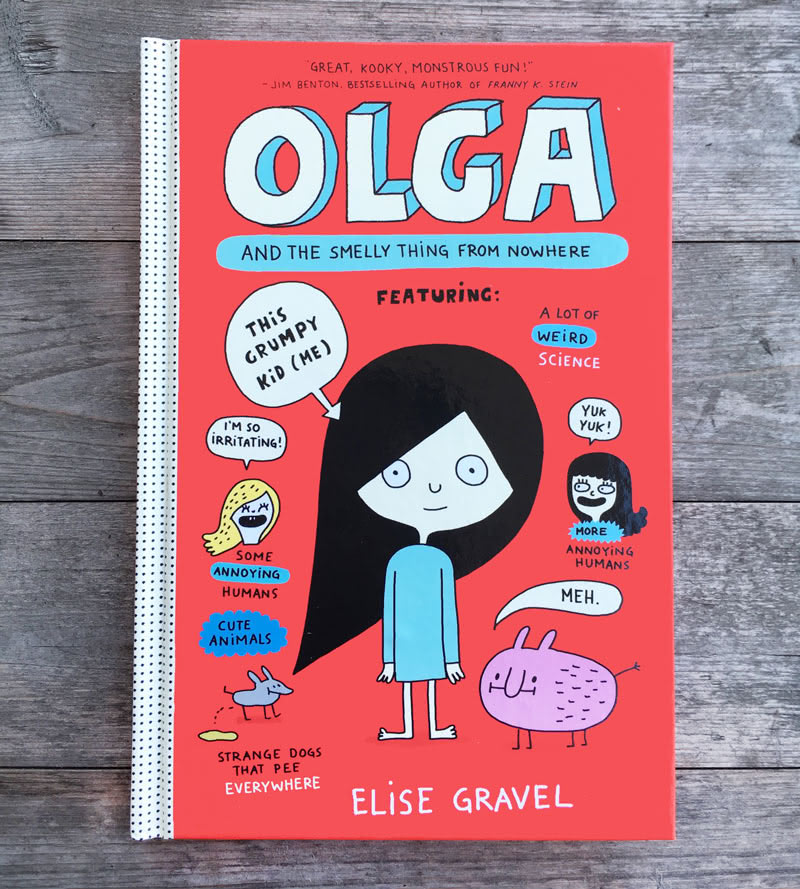
To see my other free posters, visit my boutique and click on “free printable stuff”.
If you’d like to know when I release new free posters or books, follow me on Facebook, Twitter or Instagram.


